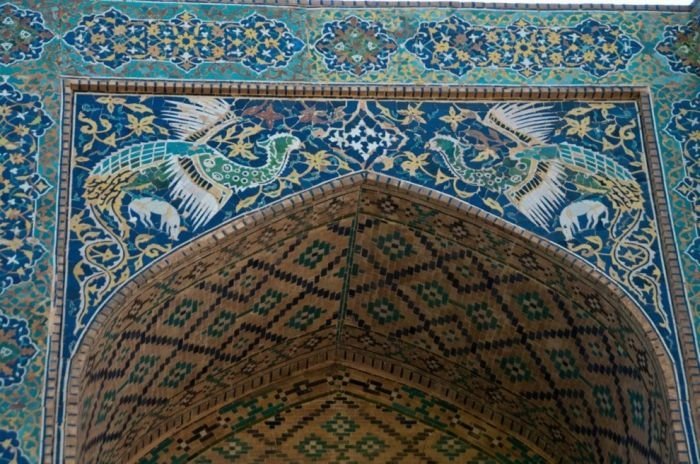|
|
Persian Architecture, Iran
|
The Achaemenids built on a grand scale. The artists and materials they used were brought in from practically all territories of what was then the largest state in the world. Pasargadae set the standard: its city was laid out in an extensive park with bridges, gardens, colonnaded palaces and open column pavilions. Pasargadae along with Susa and Persepolis expressed the authority of The King of Kings, the staircases of the latter recording in relief sculpture the vast extent of the imperial frontier.
With the emergence of the Parthians and Sassanids there was an appearance of new forms. Parthian innovations fully flowered during the Sassanid period with massive barrel-vaulted chambers, solid masonry domes, and tall columns. This influence was to remain for years to come.
The roundness of the city of Baghdad in the Abbasid era for example, points to its Persian precedents such as Firouzabad in Fars. The two designers who were hired by al-Mansur to plan the city's design were Naubakht, a former Persian Zoroastrian who also determined that the date of the foundation of the city would be astrologically auspicious, and Mashallah, a former Jew from Khorasan.
The ruins of Persepolis, Ctesiphon, Jiroft, Sialk, Pasargadae, Firouzabad, and Arg-é Bam may give us merely a distant glimpse of what contribution Persians made to the art of building.
|
|









